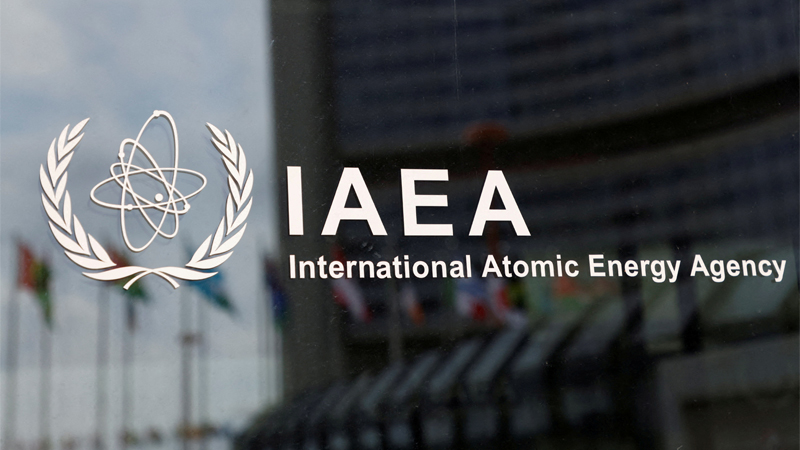- Six sites from three regions identified
- All safety standards to be followed
- Nuclear power to ensure energy security
An International Atomic Energy Agency (IAEA) team of experts has concluded a seven-day safety review of Sri Lanka’s selection process to identify potential sites to build its first nuclear power plant, a spokesman for the IAEA said yesterday.
Sri Lanka is pursuing the introduction of nuclear power to increase its low carbon power production to meet energy demand, tackle Climate Change and increase energy security, the IAEA said.
The Site and External Events Design Review Service (SEED) mission, which took place from May 30 to June 5, reviewed Sri Lanka’s adherence to IAEA guidance on site selection, including exclusion and screening criteria.
According to the IAEA, Sri Lanka has completed the site survey stage and identified six candidate sites from three regions. The next phase, which is ongoing, includes evaluation, comparison and ranking studies of the candidate sites.
The SEED mission was carried out at the request of the Government and hosted by the Sri Lanka Atomic Energy Board (SLAEB) under the purview of the Ministry of Power and Energy.
The team comprised three experts from Canada, Pakistan and Türkiye, and one IAEA staff member. Several Sri Lankan scientists were also involved. They reviewed the site survey report, together with the siting process, siting criteria, data collection process and application of the management system for siting activities. The team also visited and observed one of the candidate sites in Pulmoddai.
“Sri Lanka is comprehensively screening site-specific external hazards in the site selection process, while following the IAEA safety standards and adopting best practices,” said mission team leader Ayhan Altinyollar, IAEA Nuclear Safety Officer.
The team said that the SLAEB has been conducting collaborative siting studies in an open and transparent manner with stakeholder organisations, such as the Geological Survey and Mines Bureau (GSMB), Central Environmental Authority (CEA) and the Department of Geology of the University of Peradeniya.
“Sri Lanka has identified nuclear as a clean and green energy source to fulfill the future electricity demand in Sri Lanka. In March 2024, the Cabinet of Ministers made a strategic and knowledgeable commitment towards the country’s nuclear power planning program. Interpretation and application of IAEA safety standards within the context of site selection for a nuclear power plant is crucial for a strong nuclear power program in Sri Lanka,” said SLAEB Chairman Prof. Rexy Denzil Rosa.
The mission team briefed the Secretary of the Ministry of Power and Energy, Sulakshana Jayawardhana, and the Director General of the GSMB, Ranjith Premasiri, about the review of Sri Lanka’s selection process and findings of the SEED mission.
Sri Lanka also hosted a national workshop on nuclear law in November 2023, and an IAEA Integrated Nuclear Infrastructure Review (INIR) mission in April 2022, which reviewed the country’s infrastructure development for a nuclear power program.
The final SEED mission report will be delivered to the Government within three months.
SEED missions are expert review missions that assist countries going through different stages in developing a nuclear power program.







